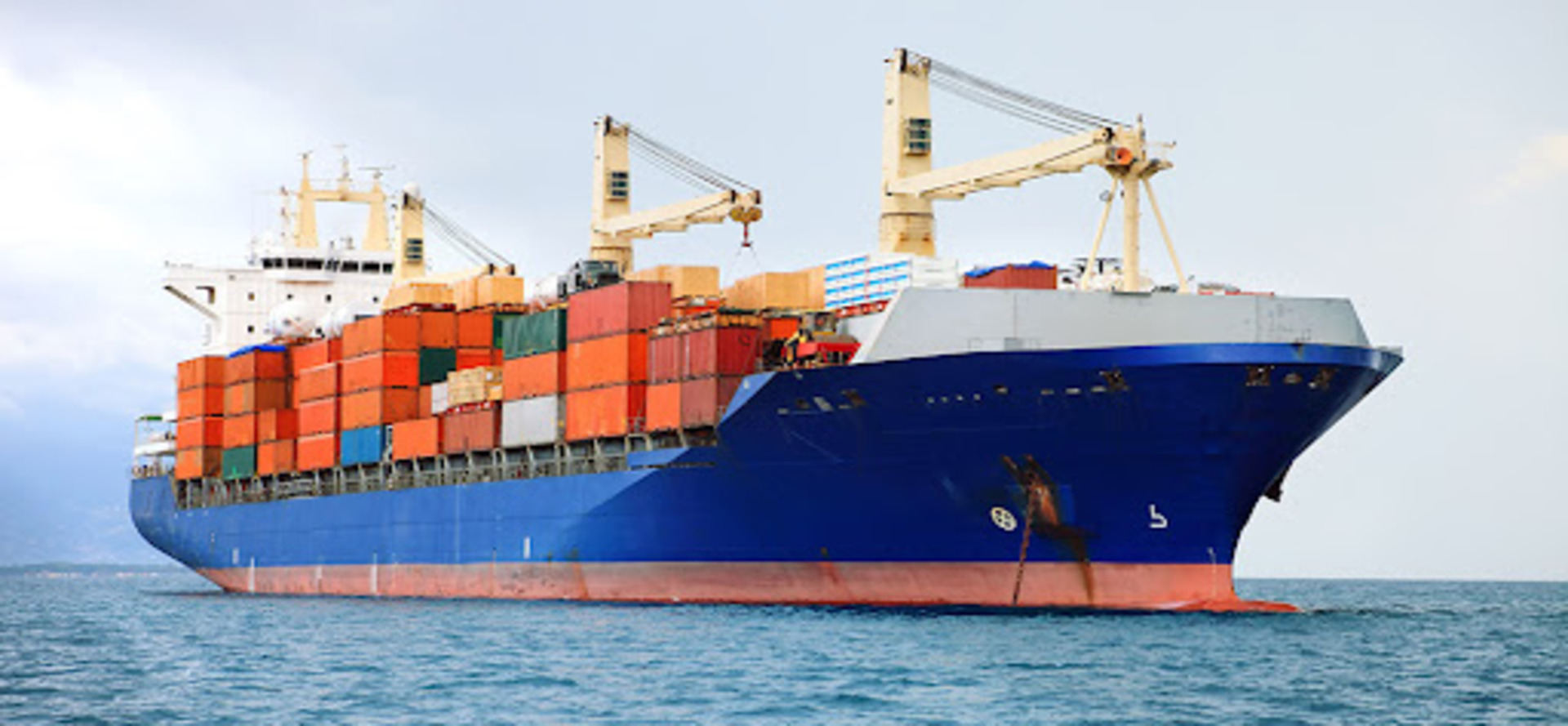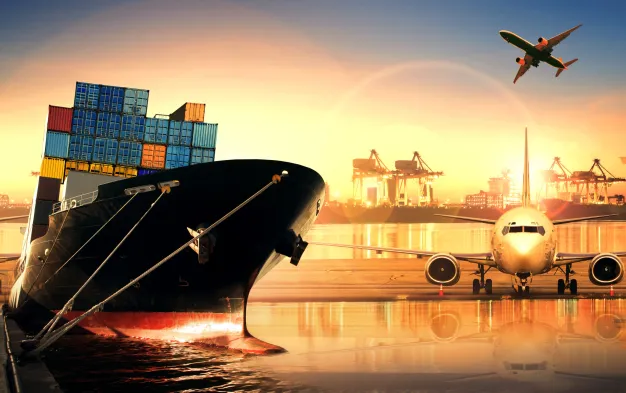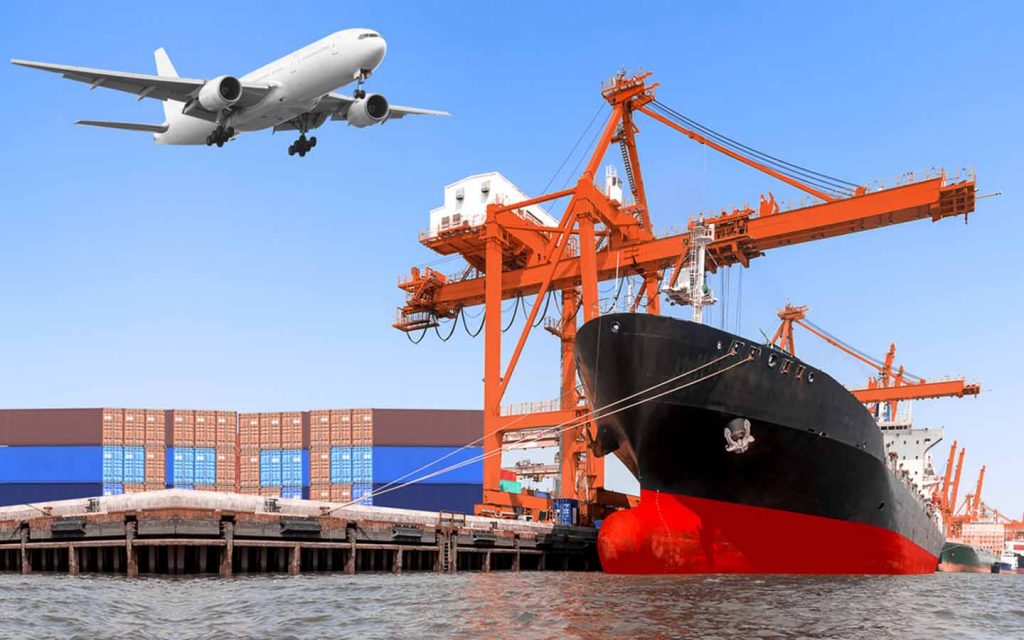In global trades busy world, sea freight is a gigantic transforming goods From one vast ocean to another, the International spanning of continents which fuels the new economic zones. However, this kind of transportation, like any other, has its own virtues and drawbacks.
Sea freight has grown progressively in status over the past several decades and has finally been recognized as the administrative focus of Global Shipping. So please join us on an odyssey of sea freight, bringing light to its good points and bad for everyone involved in global shipping.
Top Pros Of Sea Freight
Sea freight alone has a vast array of advantages, which have established it as the preeminent form of international and global shipping today. Here are a few:
Lower Cost
Shipping costs. Of all the ways in which major freight can get from one place to another over significant distances, sea freight is the most economical. Compared with Air Freight for large, bulky packages, the savings with sea freight are substantial. Many business controllers grasp this point when considering their own shipping budgets and turn to sea freight, believing it’s cost-effective.
Large Capacity
The volume of goods a cargo ship can handle exceeds all other methods of transport. These leviathan sea monsters are capable of carrying thousands of containers, moving large quantities of goods efficiently for big trading companies as well as international trade.
A network of ports that encompasses every corner of the hemisphere makes sea cargo, global. This global approach helps companies tap into new markets overseas and broaden their clientele, fostering world trade as well as economic interdependence.
Environmentally Friendly
Sea freight has a lower carbon footprint than other forms of transport, making it a better option for the environment. This environmentally conscious approach is consistent with worldwide attention focused on sustainability, making sea freight especially attractive to companies seeking to reduce their environmental impact. Think of it as an ecological way to move your merchandise, contributing to a healthier planet.
The Cons of Sea Freight
Facing the Obstacles
While sea freight clearly has its good points, it also comes with plenty of challenges that businesses should be fully aware of. Delivery Time: Compared to airfreight, sea freight is inherently slower and ships may take weeks, perhaps months, to reach their destination.
This delay can be a real disadvantage for businesses dealing in perishables or under time pressure. It’s like running a marathon, a leisurely, moderate pace that lets you successfully send families without hurry or embarrassment.
For example, if you need to make your Office Move to a new city along with all the office equipment, then selecting sea freight can cause you many troubles. Delays in transit, potential damage to sensitive electronics due to moisture, and the complexities of navigating customs regulations. In such a critical transition, entrusting your office relocation to air freight ensures swift and secure transportation. This minimizes downtime to your office move or transition and ensures your business continues to operate smoothly.
Unpredictable
Every sea voyage is at the mercy of three key elements in addition to its travel plan – atmospheric conditions, and indeed any unexpected occurrences can cause delays. This unpredictability could disturb supply chains and cause headaches for the logistics people, who needed to allow for potential hold-ups in their planning. Think of it as being a bit bumpy on the road.
Limited tracking
Compared with air freight, sea freight tracking is more vague and less frequent. Managers fear a lack of immediate information may bring their shipments off schedule. Think of it as a journey with few updates, galling you just enough to require a bit more patience and trust in the system.
The requirements for documentation
For firms that are new to sea freight, dealing with the complex customs regulations and documentation is a considerable challenge. Thorough preparation and attention to detail are required to ensure all paperwork is accurate and complete so as to avoid hold-ups or fines. Think of it as a bureaucratic hurdle that needs careful groundwork.
Risk of damage
Despite the advanced safety measures built into modern cargo ships there is always a risk that goods in transit may be damaged, especially those which are fragile or sensitive in some respect. Businesses have to take a long look at what they are shipping and make appropriate preparations to avert any disasters. Think of it as a potential barrier that demands both proper packaging and handling in order for your merchandise to arrive safely.
Selecting the Most Appropriate Mode for You
Sea freight or some other modes of transport to select from depend on countless situations for its arrival, including the type of item shipped and what lengths are desired in time transit, budgeting restrictions, and ecological thinking. Businesses need to carefully weigh the advantages and disadvantages of each choice in order to determine the most appropriate answer for their particular needs.
Sea freight is often the most cost-effective and environmentally friendly option for heavy, non-perishable items where time is not critical. However, for goods that need to arrive quickly or easily crushed, airfreight might offer a better approach; and other faster modes of transportation could also work well in some cases .
In a nutshell, learning the pros and cons of sea freight allows businesses to make informed choices, optimize their shipping strategies, and negotiate the constantly varying global trade grid. From this basis, whether you belong to an old hand at importing goods or just come onto the international stage, learning the subtleties of sea-freight will provide a beacon pointing towards your future success.




